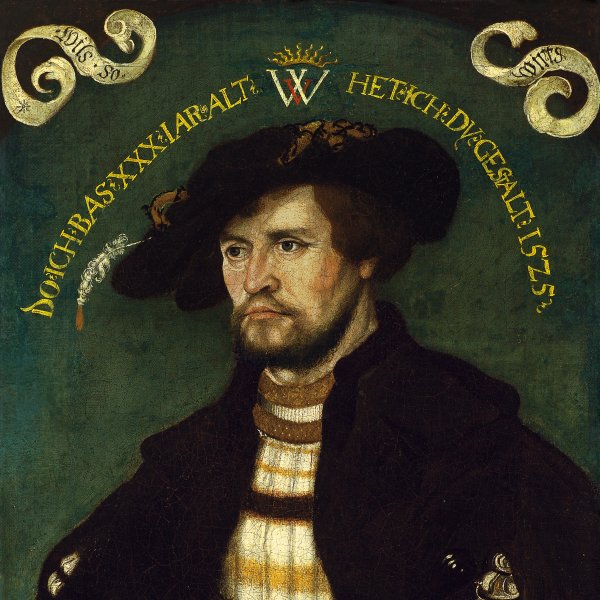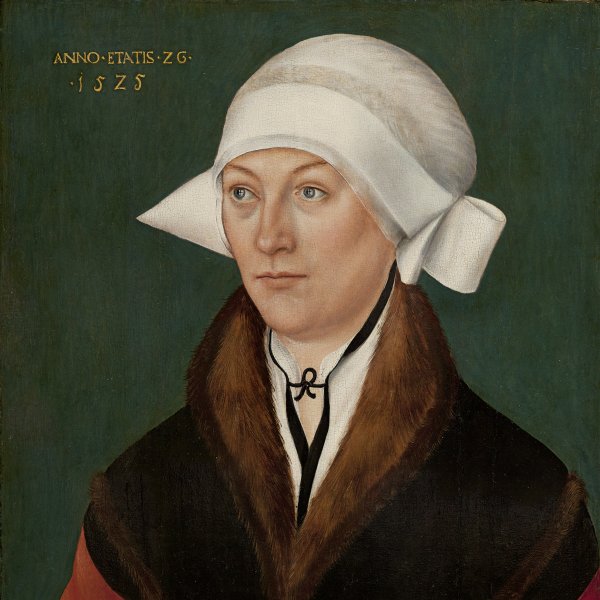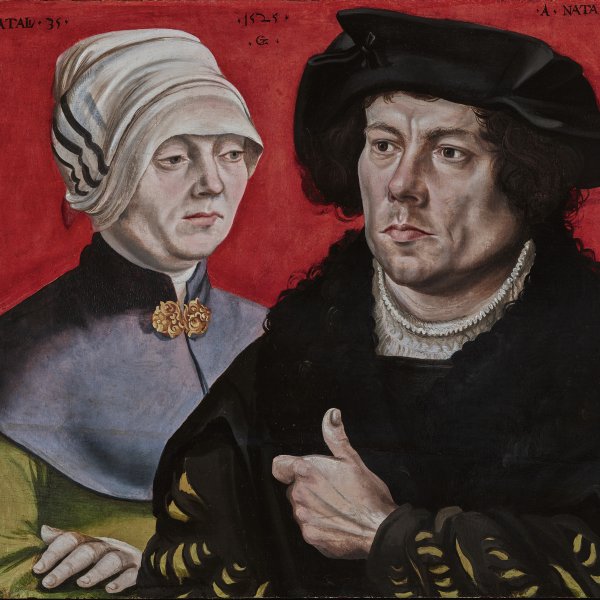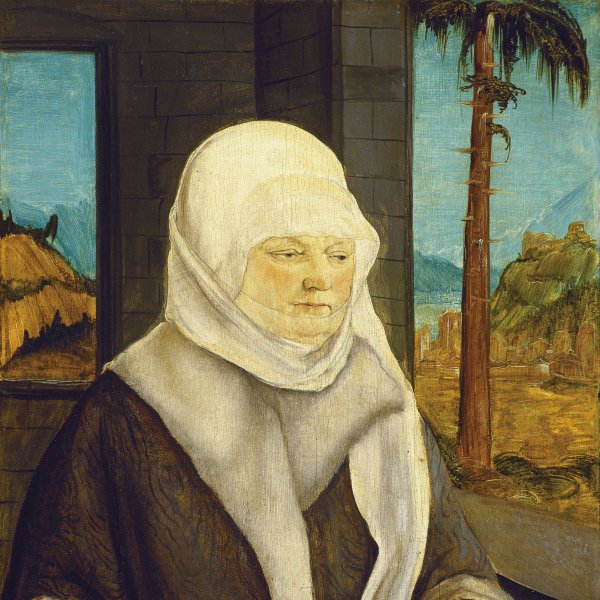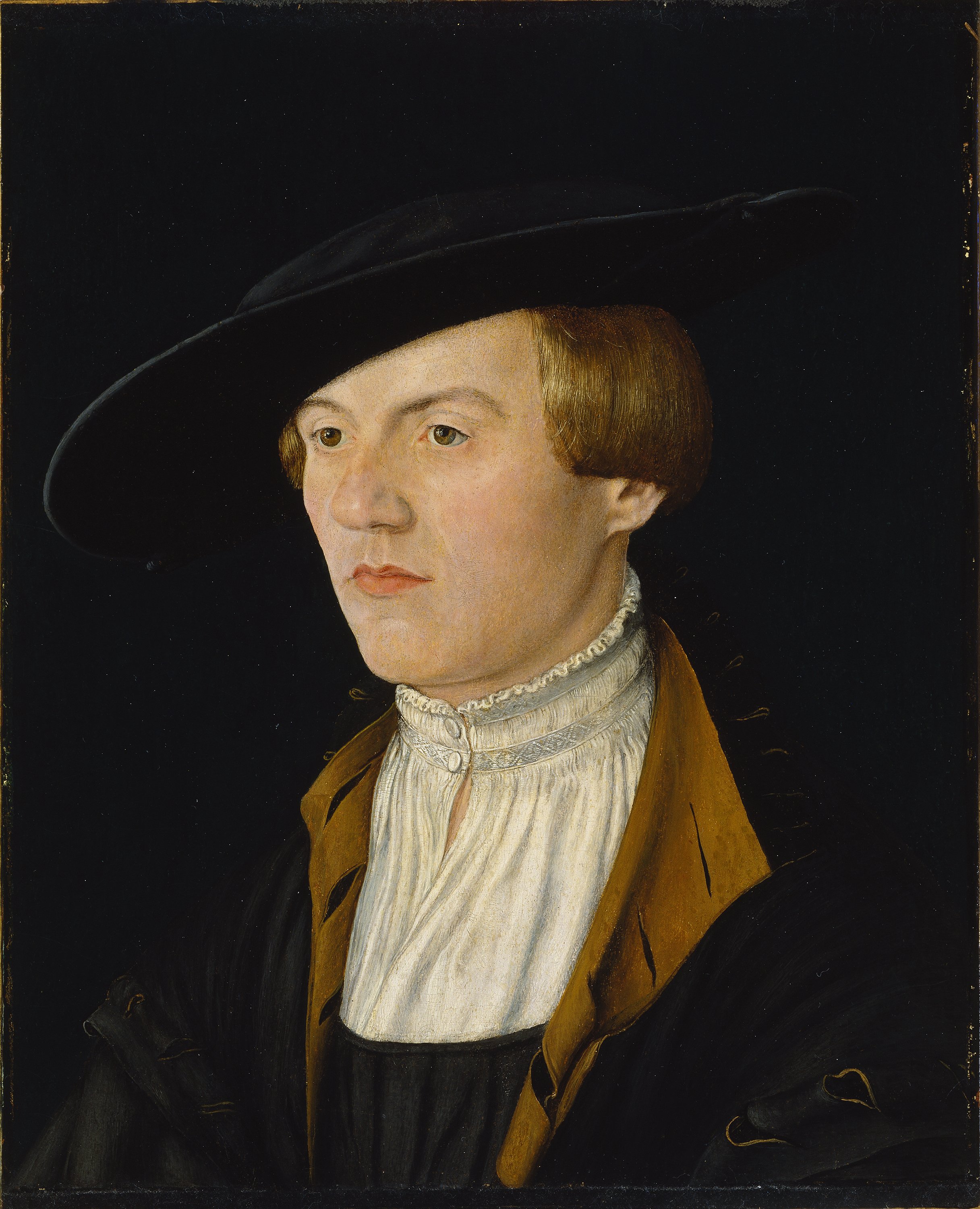Portrait of a Young Man
This panel has been the subject of numerous studies and differing attributions by leading art historians including Max Friedländer and Friedrich Winkler. In 1969 Christian Salm attributed it to Ambrosio Holbein, son of Hans Holbein, and related it to a drawing by the artist now in Basel. Other art historians made a variety of attributions to known or anonymous artists. In her 1991 study of the German paintings in the Thyssen-Bornemisza Collection, Isolde Lübbeke compared the sitter’s features to those seen in other portraits by Ambrosio Holbein and concluded that he was not the artist of this work. Now catalogued as the work of an anonymous German artist, the sitter’s body is created through pronounced contrasts of light and their expressive effects with particular use of the darkest and lightest areas.
< br />
NH
The panel was studied by Lübbeke within the context of the Collection’s German paintings and she proposed the current attribution of an anonymous artist possibly active in Augsburg around 1525–30. Lübbeke analysed the most characteristic features of the artist’s style, compared them to the style of Ambrosius Holbein and concluded that the two artists were not the same. Among the features that she pointed to in the present panel and which are not to be found in Holbein’s work are the pronounced contrasts between light and dark tones with which the figure is constructed, with the light areas emphasised by highlights. There are also differences in the draughtsmanship, which is more vigorous in works associated with Ambrosius Holbein. In addition, there are no known references to that painter after 1519.
The sitter’s face is strongly lit while the hat and clothing remain in darkness, almost lost in the background. The hair is ochre in colour, a tone also used for the collar and the eyes.
Mar Borobia



